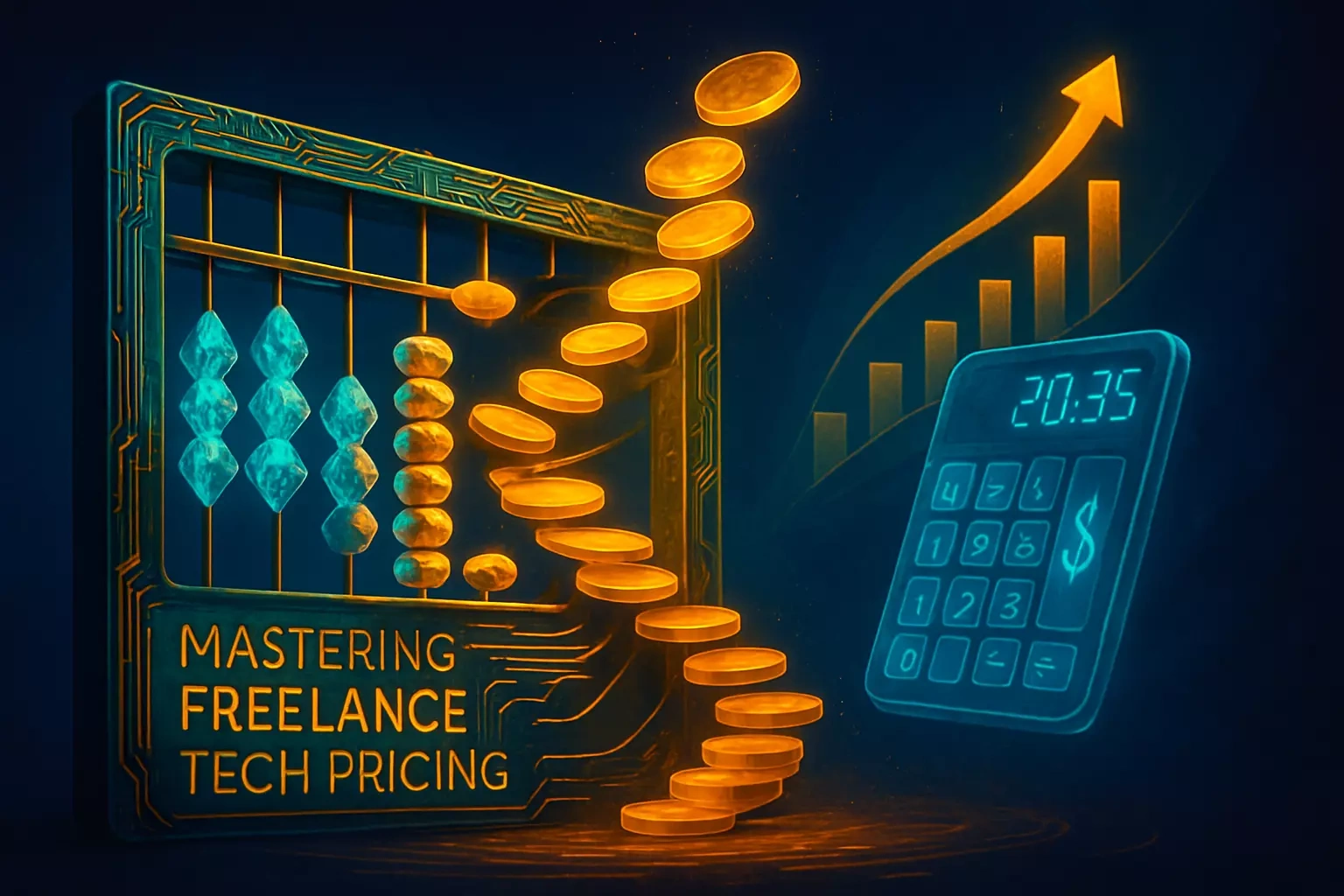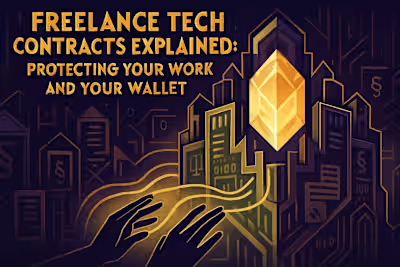Mastering Freelance Tech Pricing: How to Calculate Your Rates and Boost Your Income

Mastering Freelance Tech Pricing: How to Calculate Your Rates and Boost Your Income
Understanding the Importance of Strategic Pricing
The Impact of Pricing on Your Freelance Business
Common Pricing Mistakes Freelancers Make
Calculating Your Baseline Freelance Rate
Determining Your Desired Annual Income
Accounting for Business and Personal Expenses
Estimating Billable Hours vs. Non-Billable Hours
The Basic Hourly Rate Formula
Exploring Different Freelance Pricing Models
Hourly Pricing
Project-Based (Fixed) Pricing
Value-Based Pricing
Retainer Agreements
Factors Influencing Your Freelance Tech Rates
Your Experience and Skill Level
Market Rates and Industry Benchmarks
Project Complexity and Scope
Client's Budget and Perceived Value
Urgency and Deadlines
Communicating Your Value and Negotiating Rates
Clearly Articulating Your Value Proposition
Strategies for Rate Negotiation
When and How to Raise Your Rates
Conclusion
References
Mastering Freelance Tech Pricing: How to Calculate Your Rates and Boost Your Income
Understanding the Importance of Strategic Pricing
The Impact of Pricing on Your Freelance Business
Common Pricing Mistakes Freelancers Make
Calculating Your Baseline Freelance Rate
Determining Your Desired Annual Income
Accounting for Business and Personal Expenses
Estimating Billable Hours vs. Non-Billable Hours
The Basic Hourly Rate Formula
Exploring Different Freelance Pricing Models
Hourly Pricing
Project-Based (Fixed) Pricing
Value-Based Pricing
Retainer Agreements
Factors Influencing Your Freelance Tech Rates
Your Experience and Skill Level
Market Rates and Industry Benchmarks
Project Complexity and Scope
Client's Budget and Perceived Value
Urgency and Deadlines
Communicating Your Value and Negotiating Rates
Clearly Articulating Your Value Proposition
Strategies for Rate Negotiation
When and How to Raise Your Rates
Conclusion
References
Posted Jun 11, 2025
Learn how to set competitive rates for your freelance tech services. Our guide covers pricing models, negotiation, and maximizing your earnings in the tech industry.








